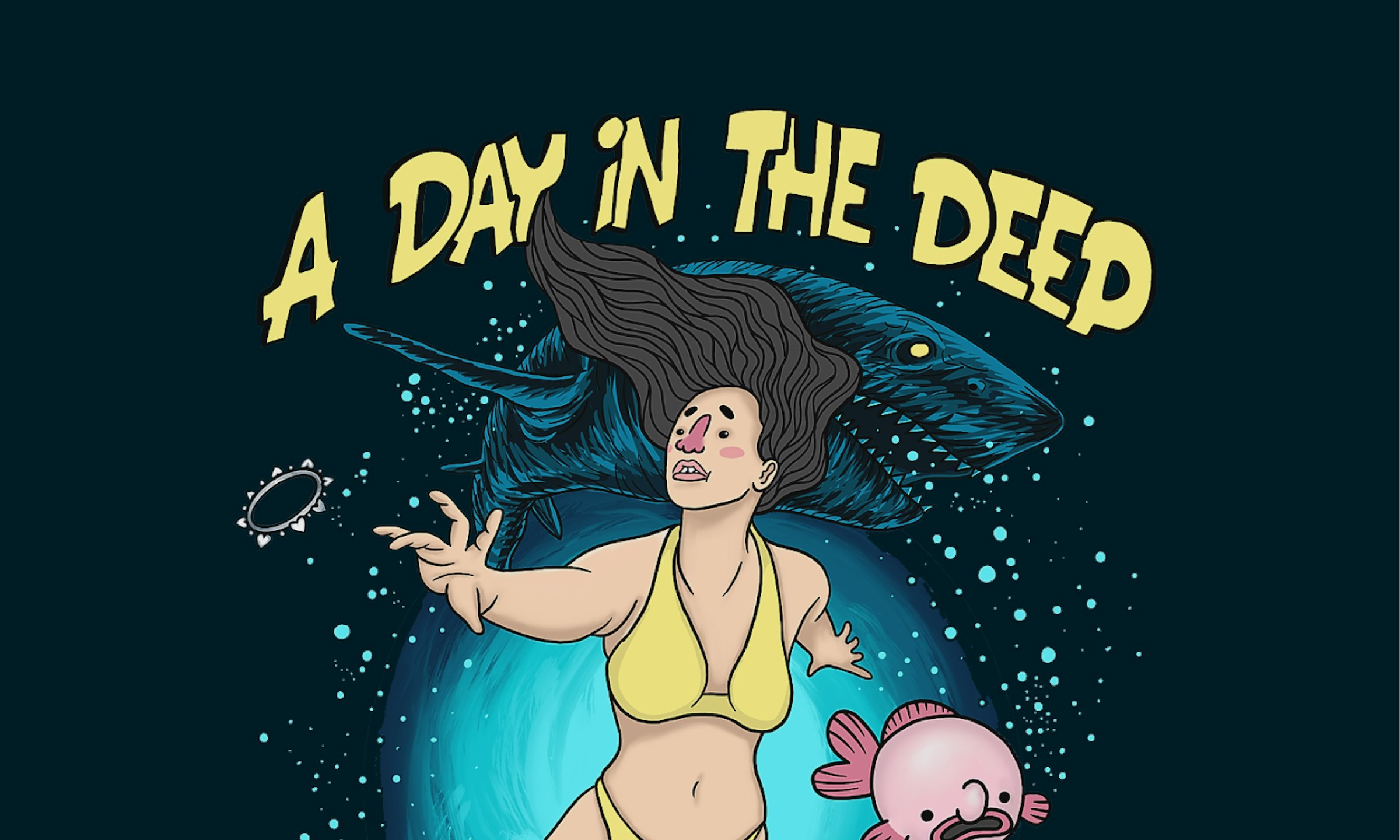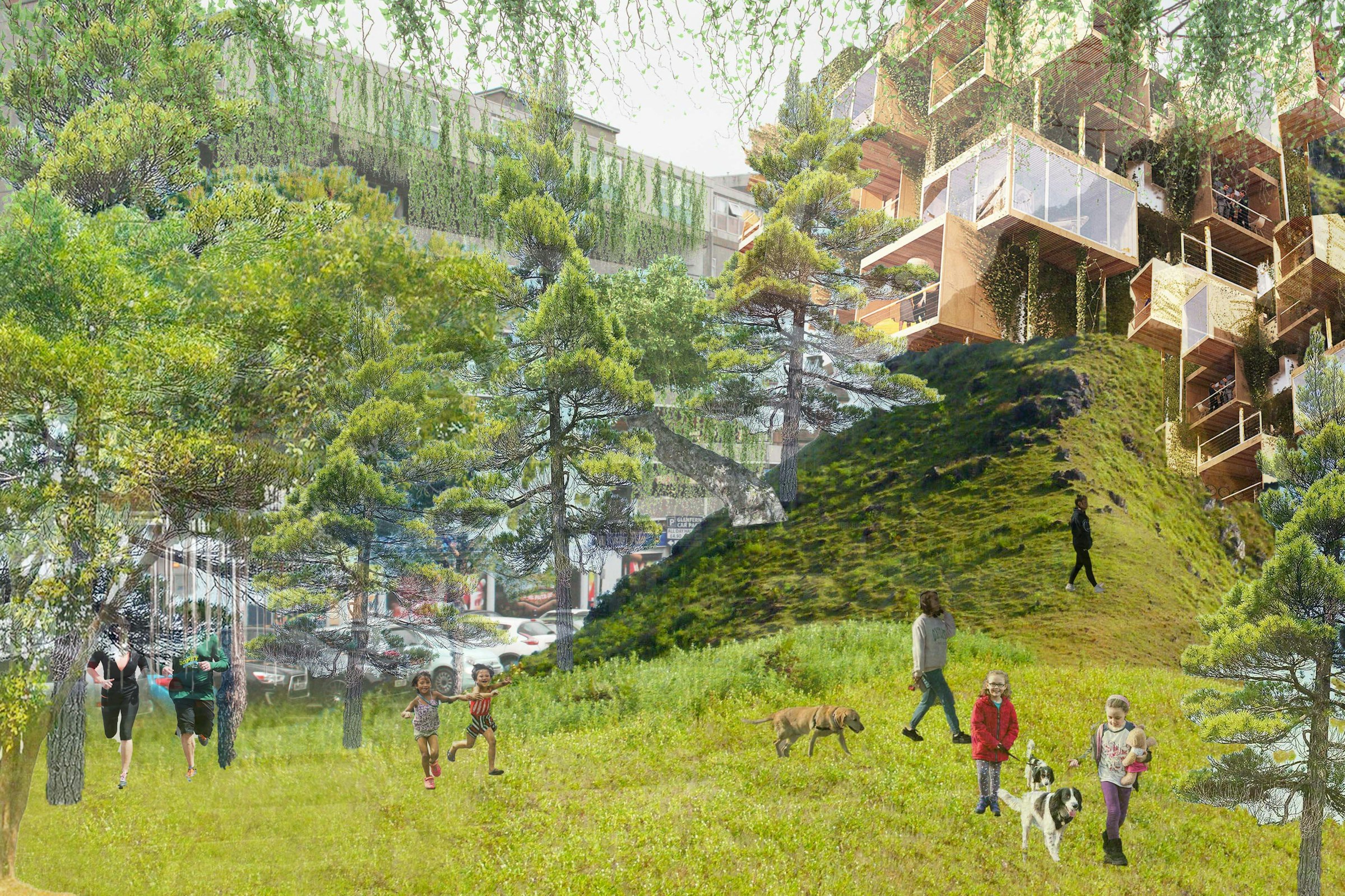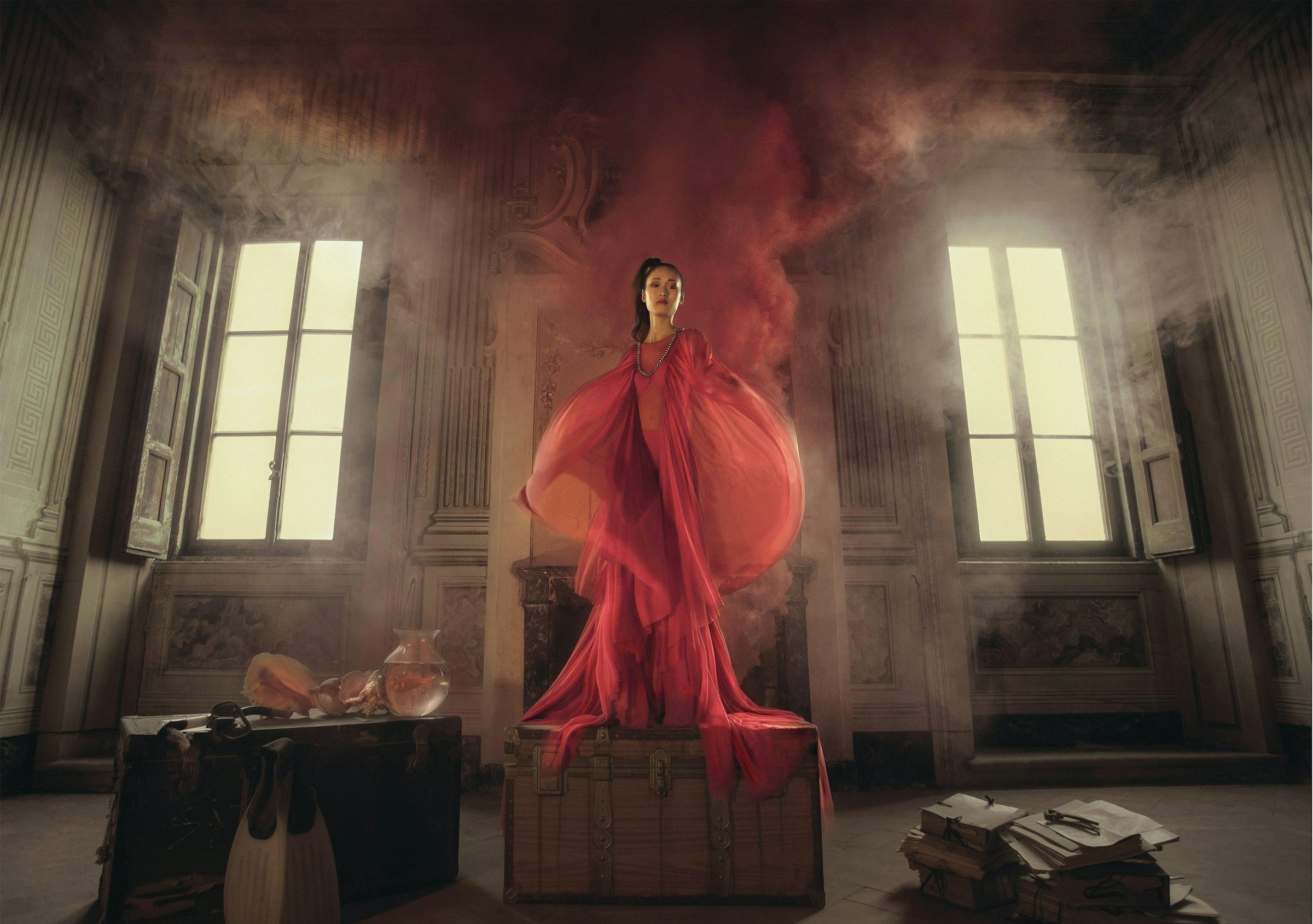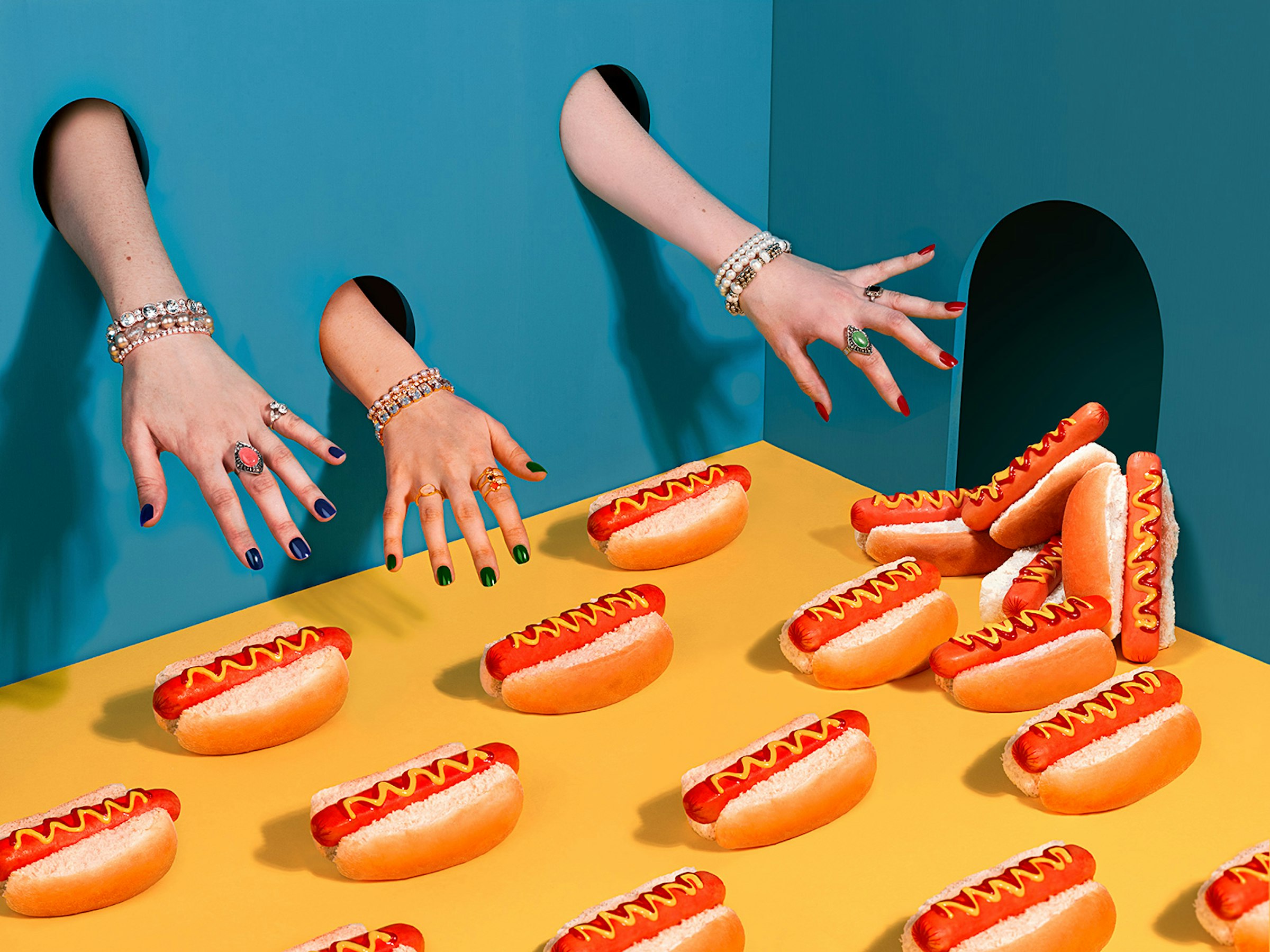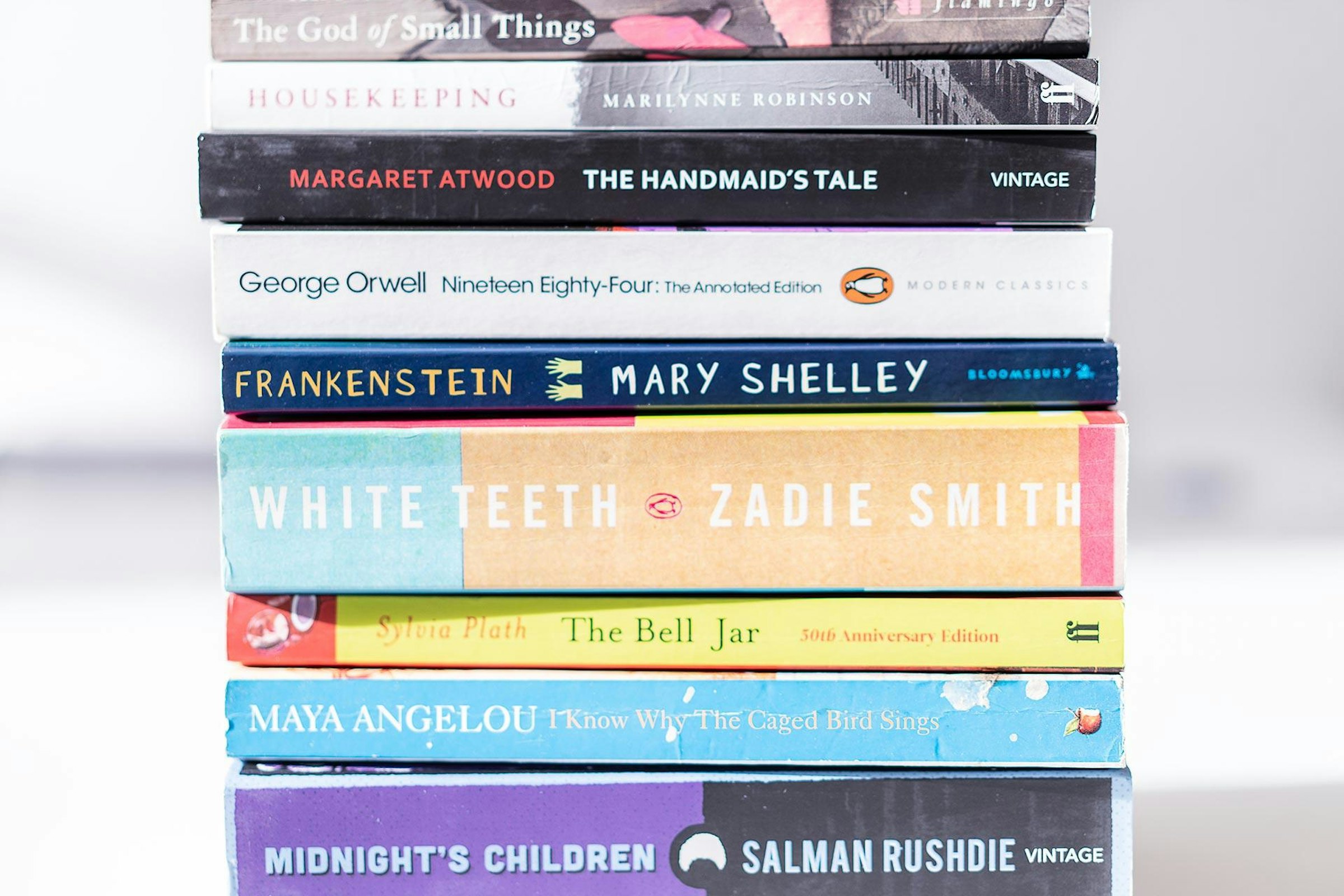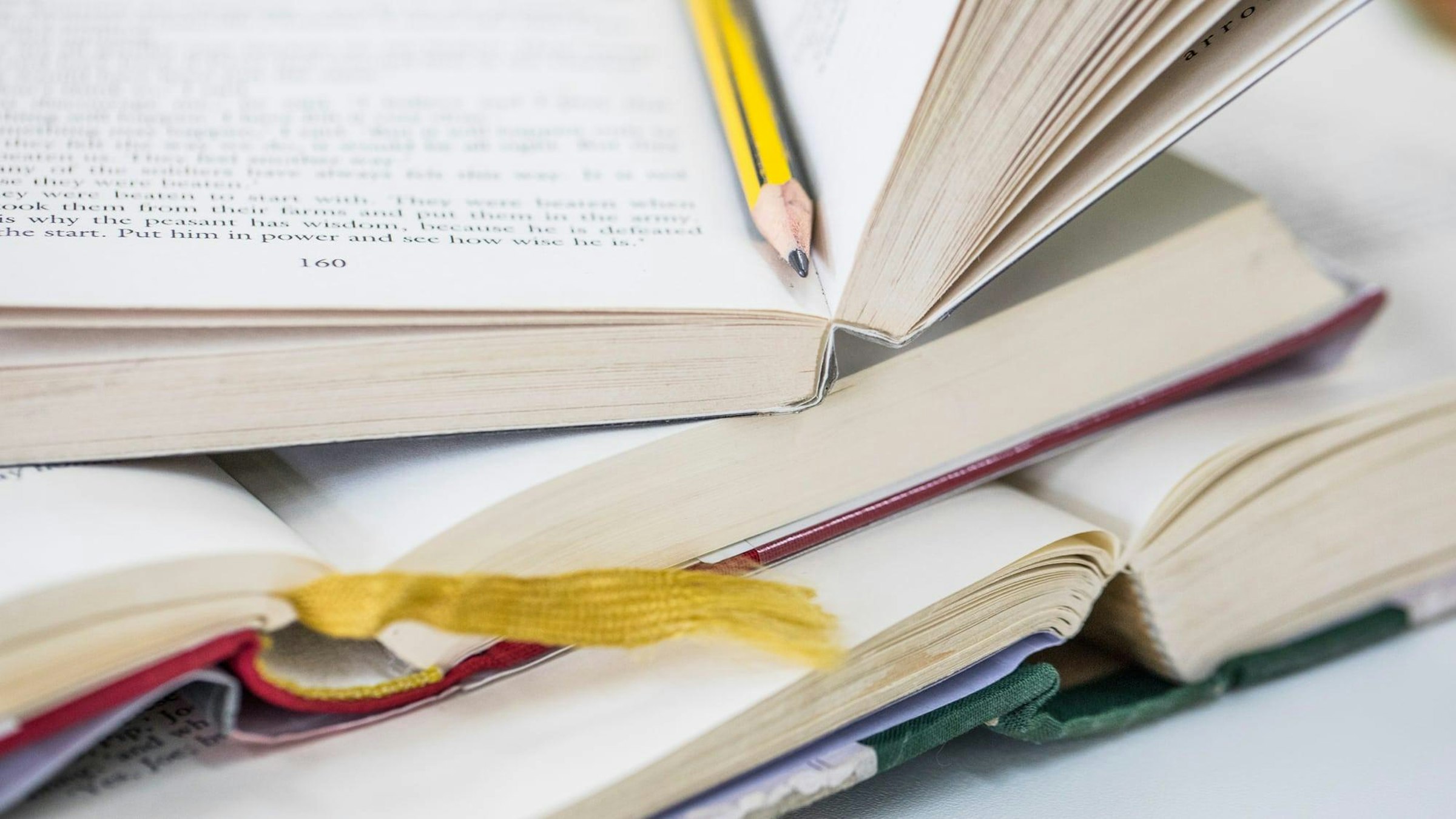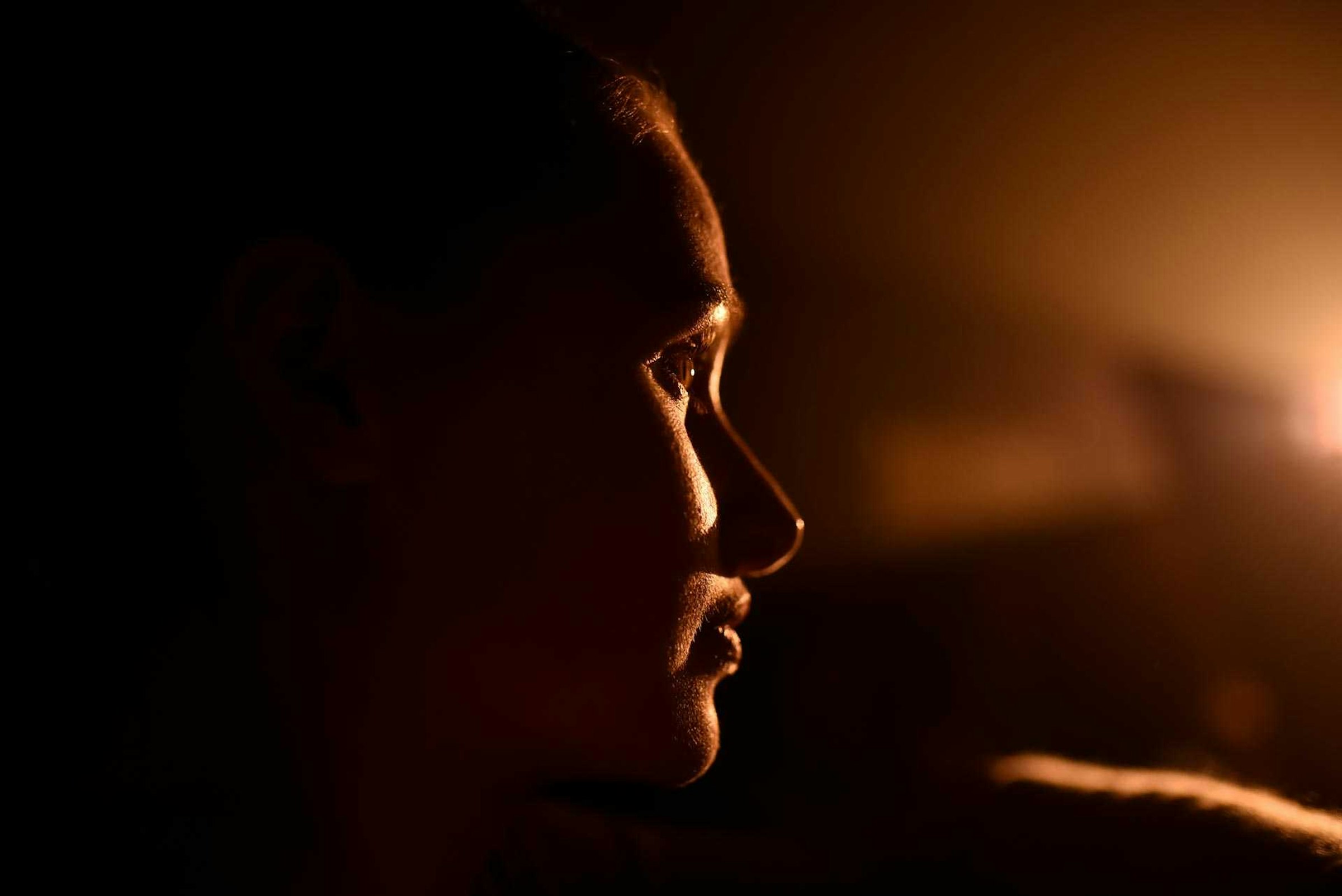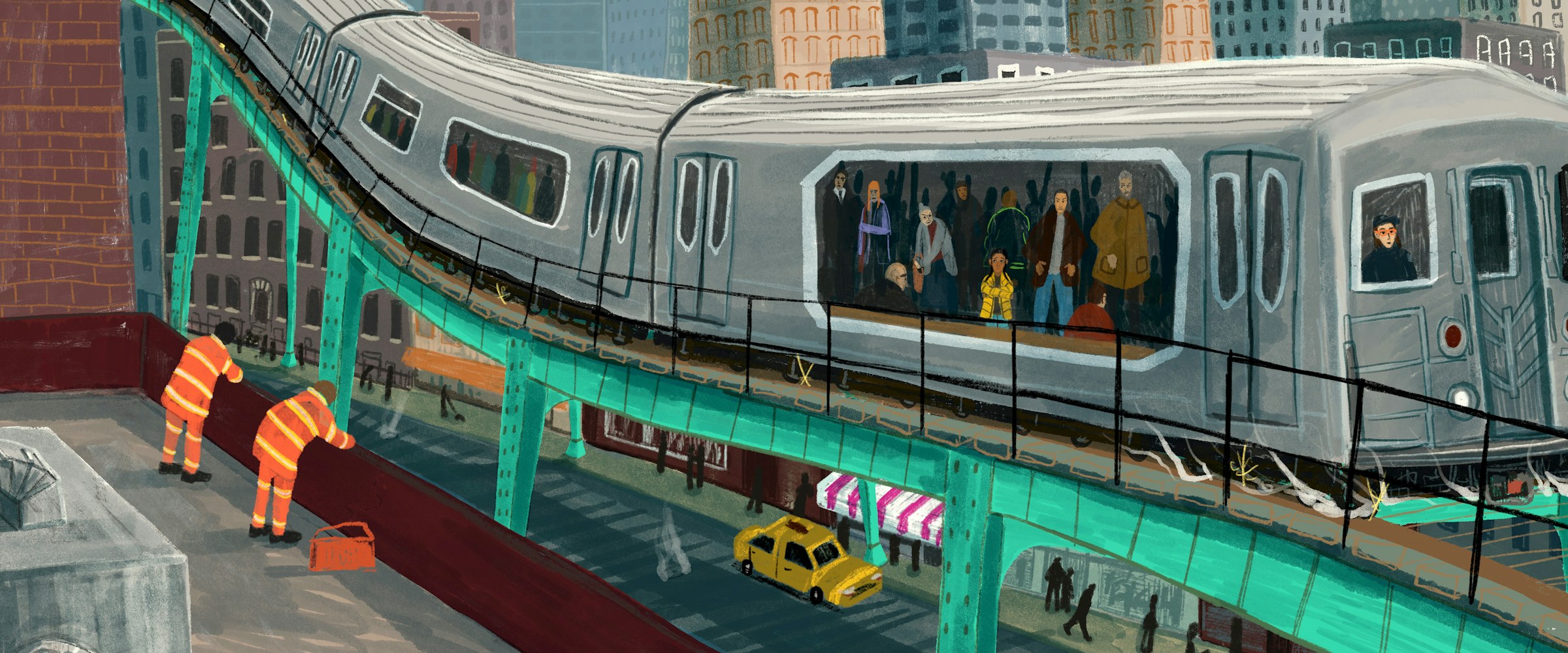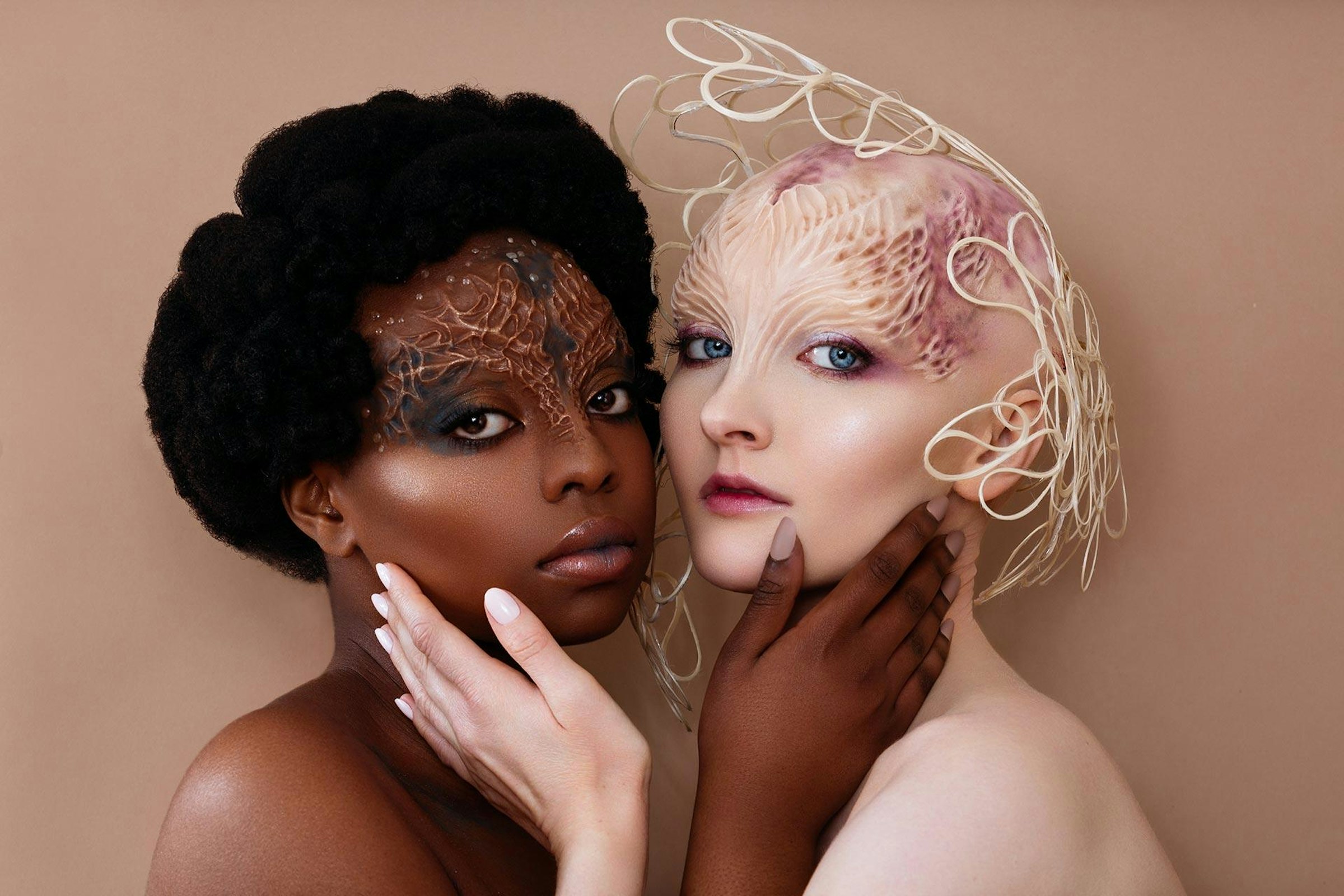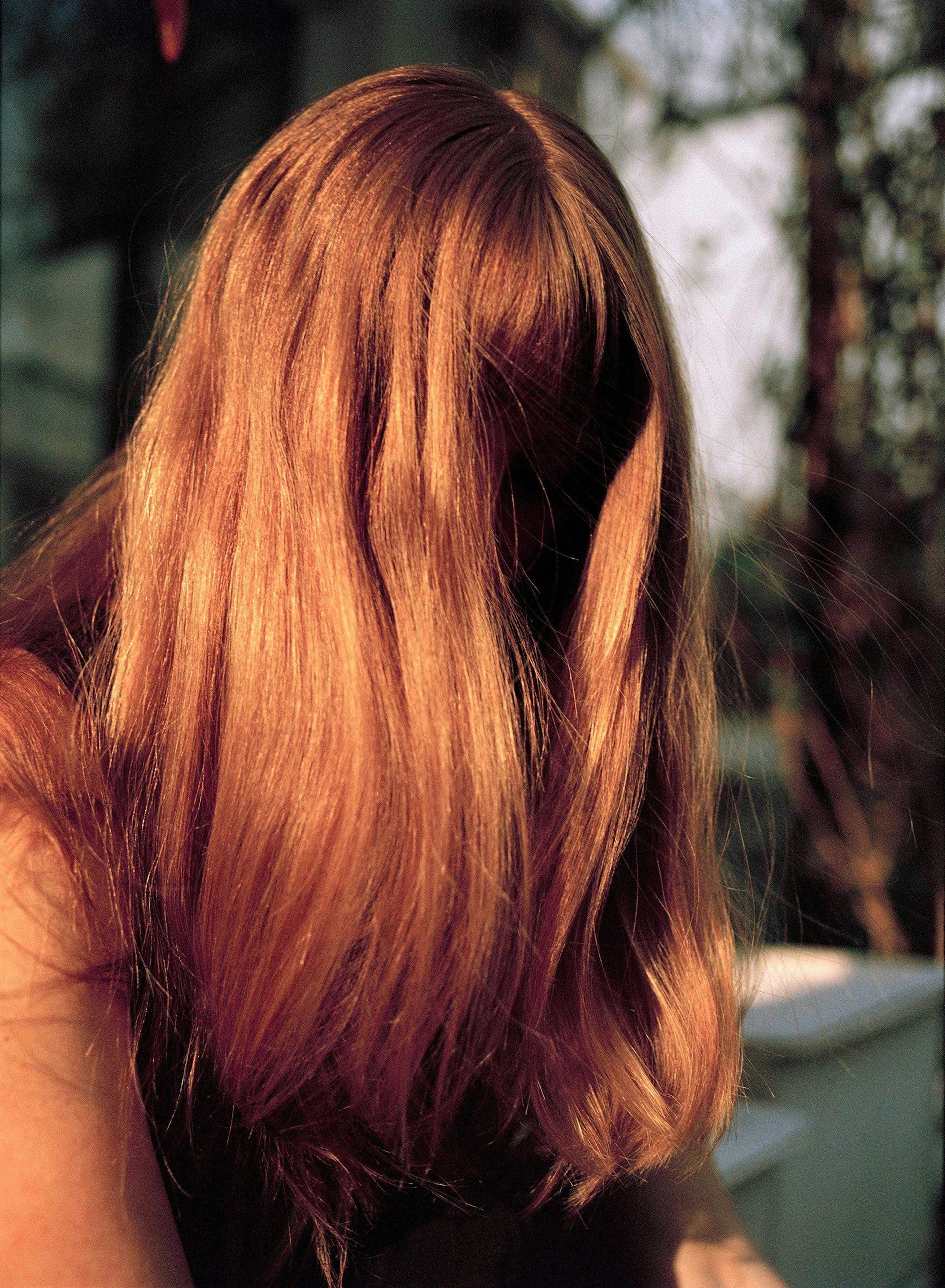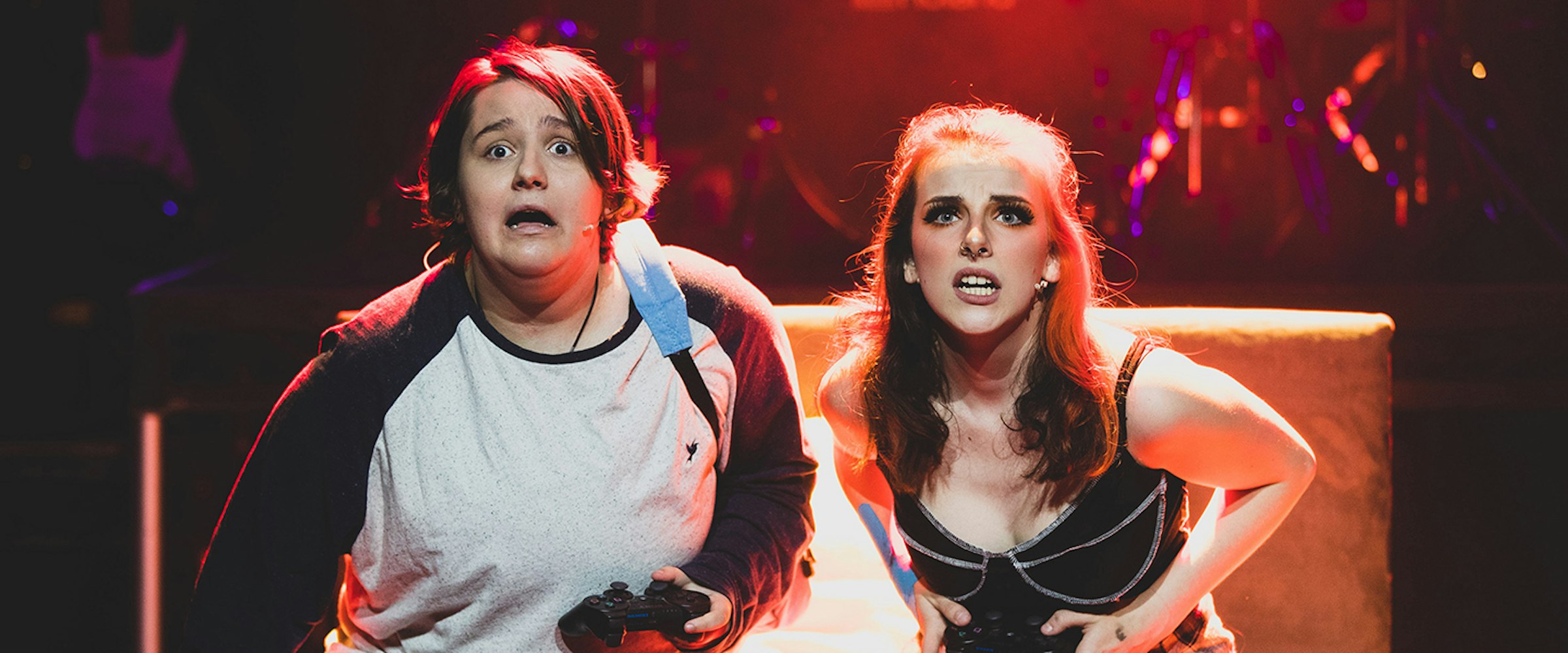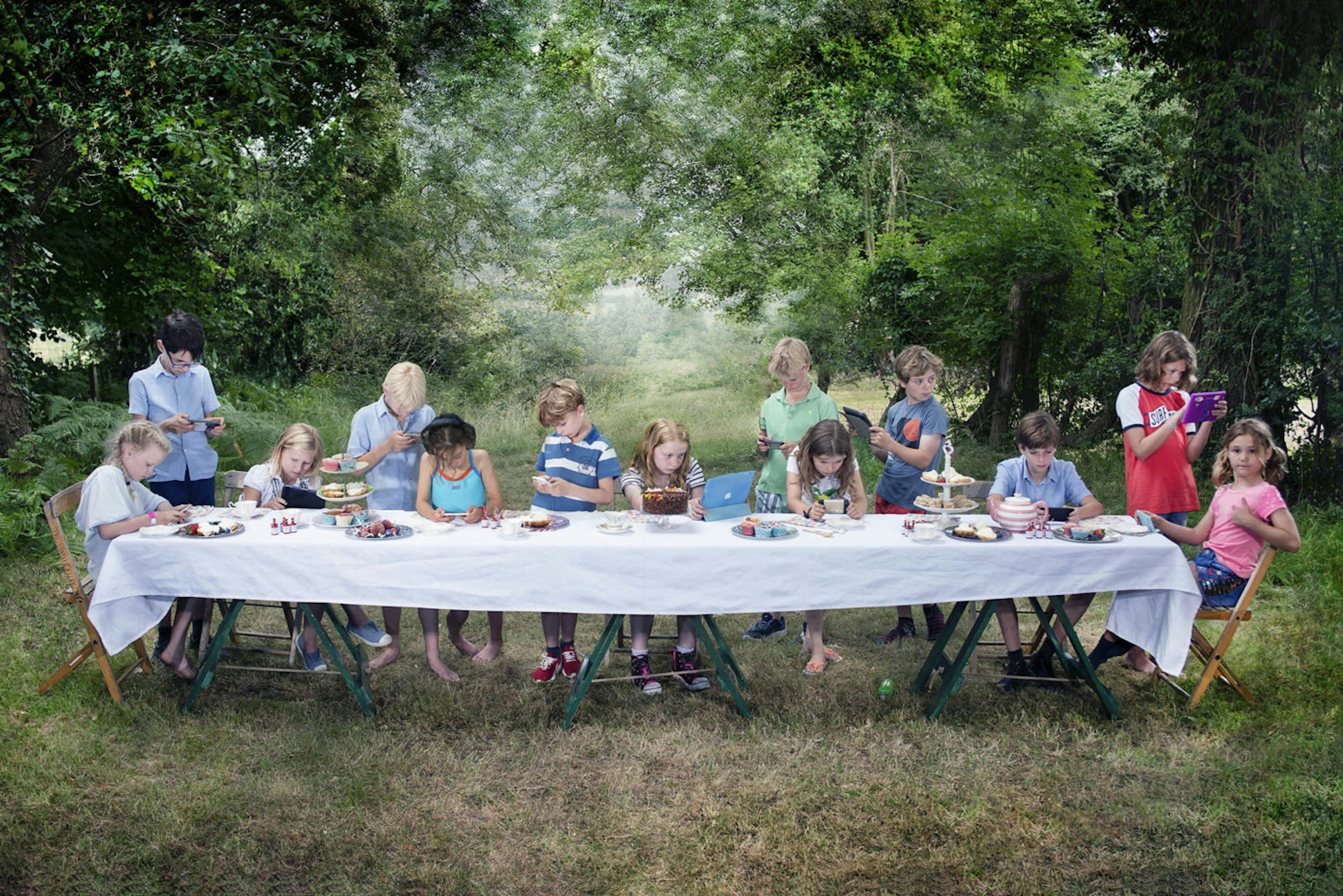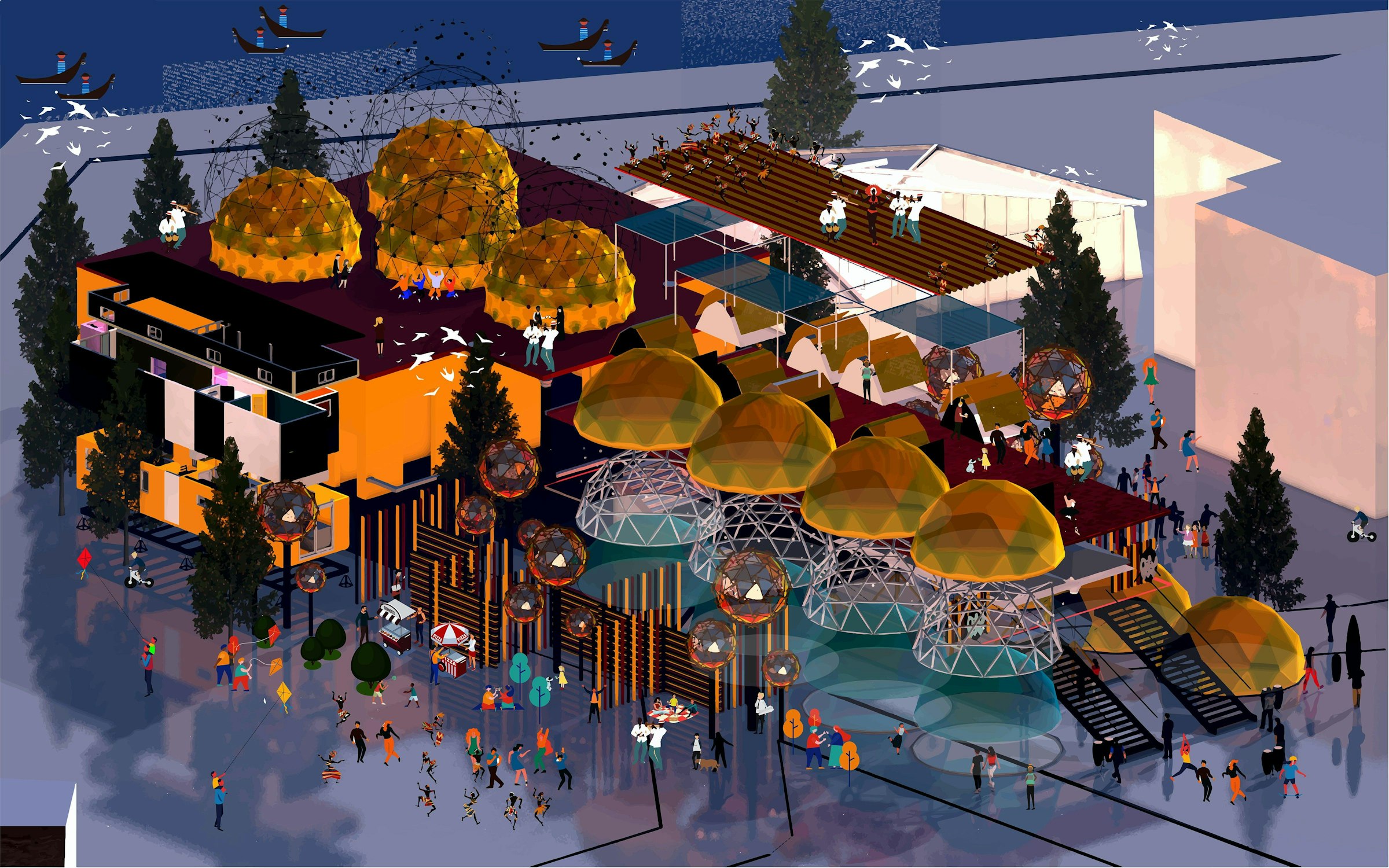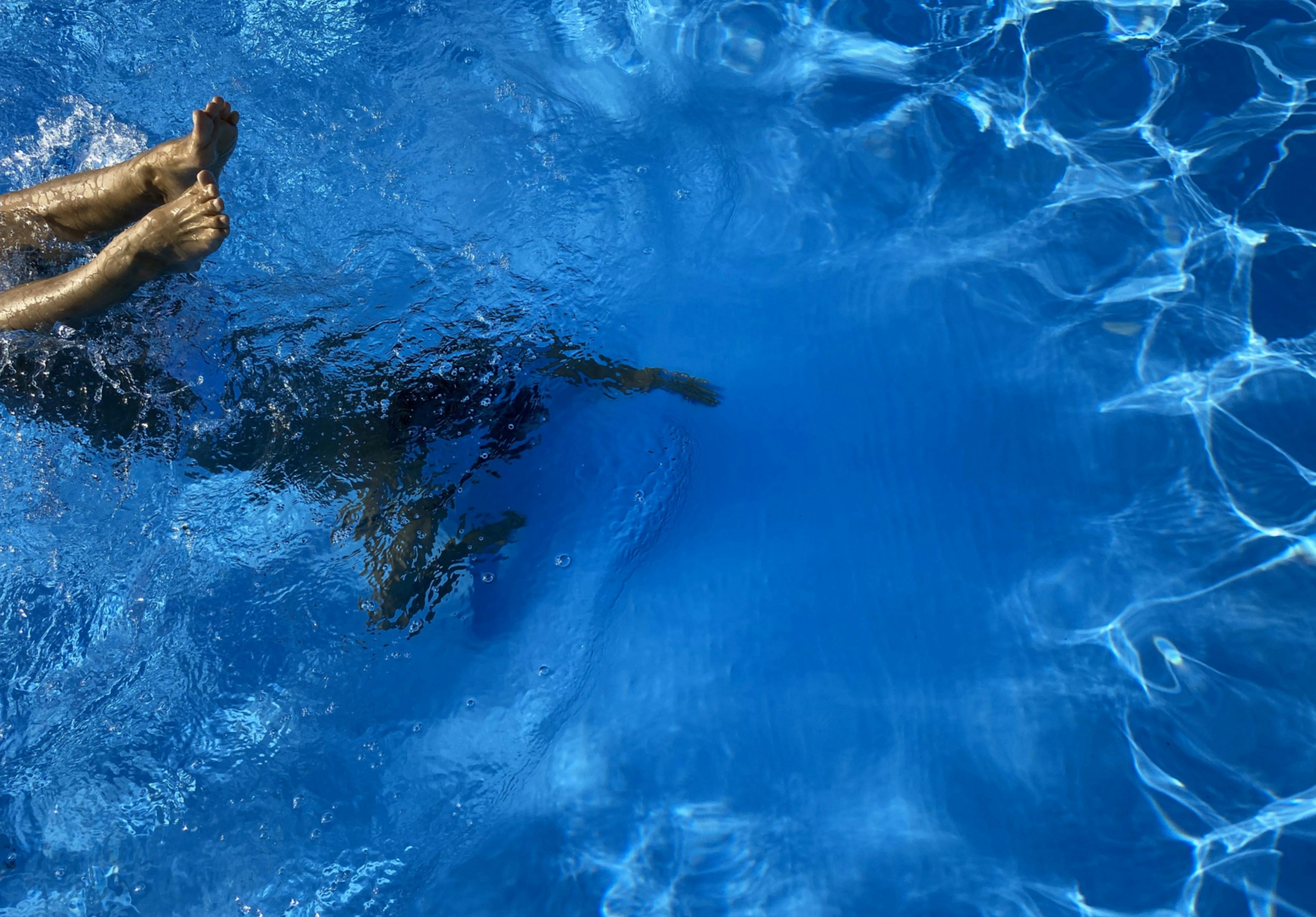- Home
- Latest
- Student Stories
- Qian Li – Sustainable collaboration and ...

The first serious camera I got was a Nikon D7000 DSLR when I was a digital media MA student. My focus was on videography, aspiring to become a music video director. However, my career path led me into advertising account management, leaving the camera largely unused for years.
The renewed passion in photography rose during the COVID-19 years. The world I had known suddenly stopped, and I learnt to appreciate the vibrancy of everyday life. Not being satisfied with mobile phone photos, I rediscovered my camera, capturing the streets around me. As I like making something out of nothing, I styled objects I owned and experimented with still life photography at home. Through some online courses, I honed my photographic skills and realising the limitations of amateur photography, I decided to pursue an MA in Photography at AUB.
My creative process begins with curiosity sparked by observations. Through theoretical research, I develop a project brief outlining my intended expression. Visual research encompassing books, magazines, photographers’ work, exhibitions, and social media, informs my practice, especially inspirations from other art disciplines. My work is heavily influenced by paintings, from old master still life to abstract, alongside continuous experimentation and investigation, which brings my vision to life. Prior to this, I collected random inspirations by taking pictures (sometimes mental pictures) and sketching, capturing unique and interesting elements.
My time at AUB was a rewarding, creative journey. The course fostered individual expression, supported by supportive tutors and a diverse community of photographers. Technical assistance from photo technicians enhanced my practical skills. Collaborating with like-minded students from various courses further enriched my projects. Despite the challenges, I successfully developed my unique visual style.
The Uncanny Fashion Project is the project that I have been working on this year for six months. Initially, the idea started from my photographic prop-sourcing in local charity shops. Shocked by a myriad of items in good conditions that can be found in a charity shop or a second-hand outlet, I wondered how much waste mass production and consumerism have brought to modern life, which cause irreversible harm to our environment. As I always believe in the power of photography, I began investigating this problem and trying to solve it with photography. I created a series of art/commercial balance images by leveraging the uncanny concept to seize the attention for local sustainable shops in Bournemouth, promoting the sale of their stock. Still life and fashion photography were merged by the faceless, abstracted human bodies in these pictures, directing the viewer’s attention to the pre-loved commodities while highlighting the artistic expression.
The whole project was executed by medium format digital camera Phase One and in-studio software Capture One, which are industrial-standard. Several final images were accepted and exhibited at the shop I collaborated with, and all the items used in the project have a second life, through donation back to the shops or gifting to models from BA (Hons) Acting, BA (Hons) Fashion, MA Painting, BU and stylists from MA Historical Costume and MA Fine Art. Besides my major project, I explore street photography with medium format and 35 mm film cameras.
In terms of beneficial outlets to my creative practice, I would say the following have been quite important:
- Being focused: knowing the genres of photography you would enjoy exploring and stick to them; for instance, digital or film, still life or portrait.
- Managing time wisely: outline a long-term plan for your project and break it down into daily to-do list – I found this helps to relieve the stress and gives me better control of the quality of project output.
- Be open-minded and reflective: it’s a great opportunity to learn from each other’s work, receive valuable constructive feedback during tutorial or critique, and reflect on your practice very often.
As for the future, I hope I can bring my visual language into both my personal projects and commissioned work, bridging artistic expression and commercial photography to create more meaningful beauty.
